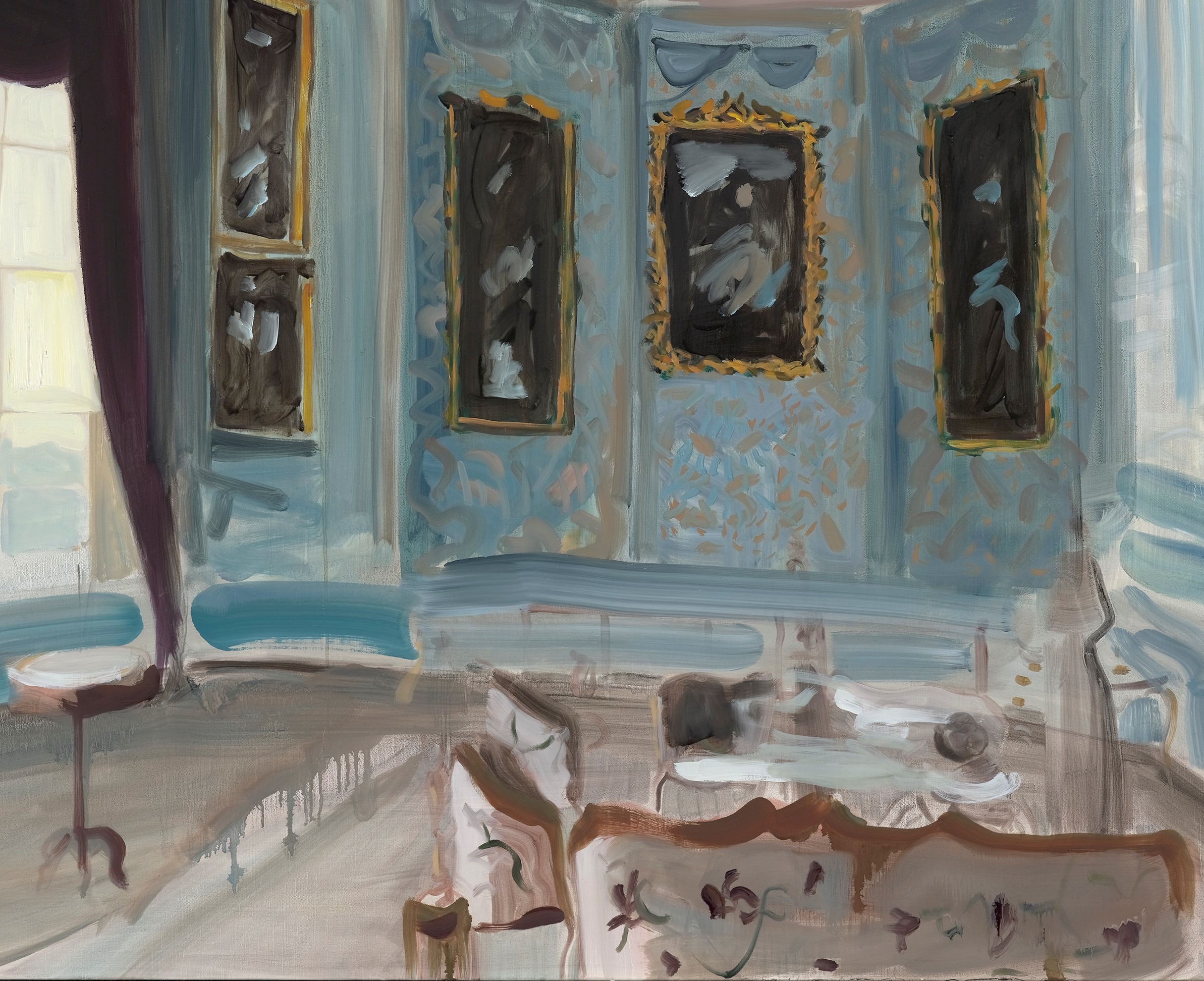As he considers the future of mobility in Tokyo, architect Junya Ishigami looks to both the built and unbuilt environments and how they’re intertwined.
“Our environment is no longer natural, but the city is not a purely artificial environment either,” he says. “The buildings and open space change over time – we should call it an interwoven environment.”
In fact, about 28.7 percent of Tokyo is comprised of buildings and 71.3 percent is made up of interwoven areas, with place named for plants like peony, maple and persimmon, and slopes named for raccoons, rats and weasels. There is, he notes, an environmental diversity with contrasts between natural and artificial, existing and new, and complex and simple.
“They all inform each other,” he says. “Tokyo is not one central city, but many different cities. You might not be able to call it a city at all – Tokyo is a landscape, not a city.”
So it’s possible to imagine Tokyo over time as an evolving landscape. Every year, he says, 1.5 percent of its sites are developed. That adds up to 31 percent over 20 years, 60 percent in 40 years, and all of central Tokyo redeveloped in 65 years. And the speed and scope with which Tokyo is undergoing change offer an unprecedented opportunity to guide its reinvention.
Toward that end, the best mobility and transportation solutions will require new and coexisting systems in both natural and artificial environments. “Transportation will include new means never explored before – and not just walking, driving and cycling,” he says.
If that piques the imagination, then stay tuned.
He’ll unveil his vision for the Tokyo of the future – one of six proposed redesigns for six different cities around the globe – in October, at the Audi Urban Future Initiative in Istanbul.
For more information, go to http://www.audi-urban-future-initiative.com/en.html
[slideshow id=660]

